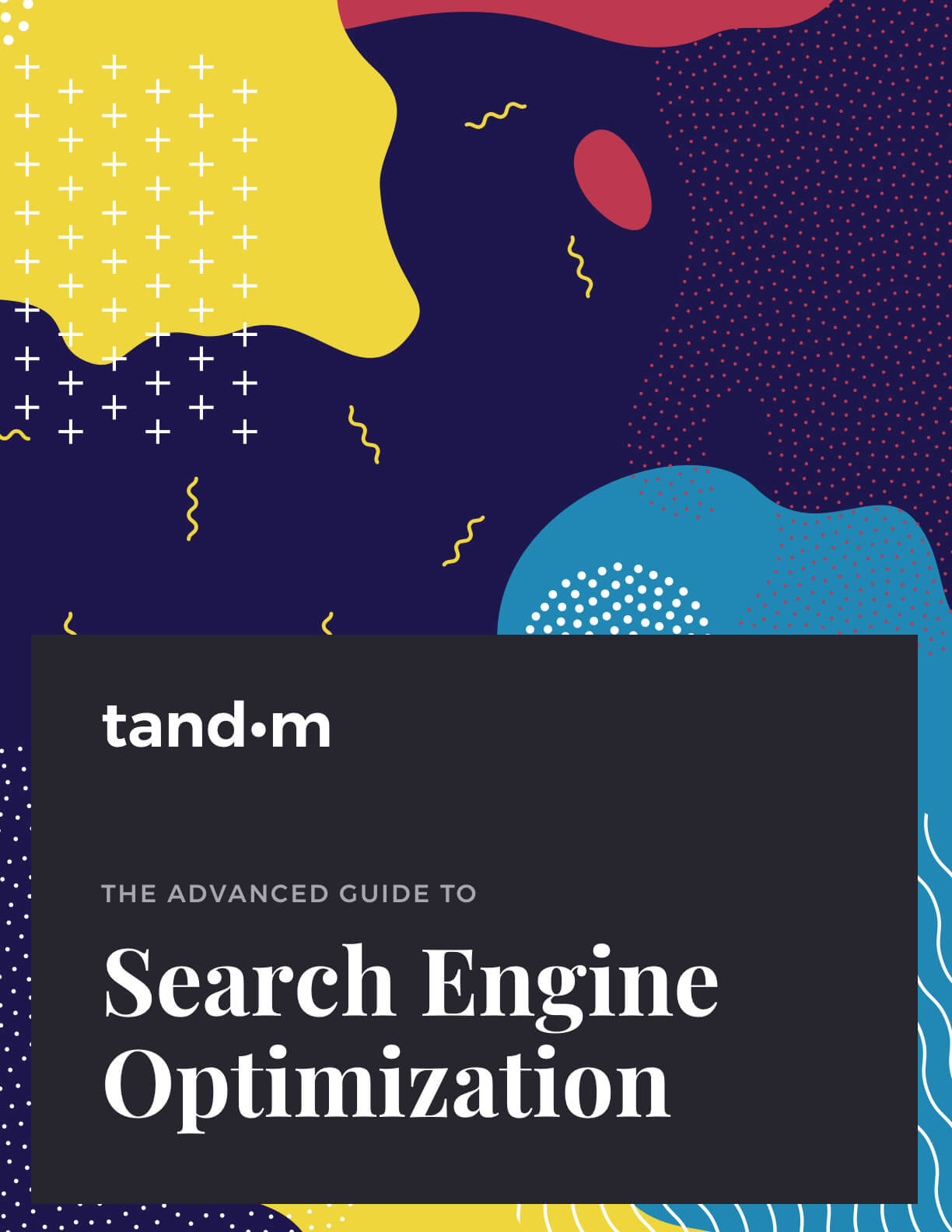1. Minimalist Design
Users want to find information as quickly as possible. If your website doesn’t satisfy that condition, they’ll move on to greener pastures. Having a minimalist website design will help you focus on your audience’s needs and their key objectives. This means giving them the content they need, without the clutter. Consider eliminating unnecessary page elements and only include value-added content.
Minimalism is even more relevant today with the increasingly large number of mobile users. When in doubt, K.I.S.S.
Want to know more about minimalist design? Read this article.
2. White Space
White space allows you to control the flow of information and how content is presented to your audience. White space can enhance the overall experience by making your website more readable, balanced and aesthetically pleasing. This technique can be leveraged to draw attention and focus.
3. High-Quality Visuals
As the saying goes, “a picture is worth a thousand words.” This coined phrase isn’t that far from the truth, as studies suggest. When people hear information, they will only retain 10% of what was heard three days later. Images have been shown to help retain up to 65% of the information.
High-quality visuals are a core element of any impactful and inspiring website. Images have the ability to tell a story about your business and connect with your audience on a personal level. Ensure that you carefully select images and visuals that complement your company’s personality and overall website vision. Equally as important, the placement and size of images must be well thought out in order to unify the website’s contents.
4. Card Design
Along with high-quality visuals, card designs are another popular element which can attract audiences to your website.
A card design layout typically features an appealing visual, a short piece of text, and sometimes a button or two. This trend, made popular by social media platforms like Pinterest, couple images and text together in an effective way that helps your audience navigate your website with ease.
If you’re looking at a card design for your website, take a look at this article for insights into the different styles worth implementing.
5. Call-to-Actions
A successful website must contain a strong call to action. A call to action is a message used to incite your audience to respond. This could be be a message to encourage them to make a purchase, sign up to email updates, or simply to visit your store.
When incorporating call-to-actions, come up with a clever and well-thought-out statement that relates to your audience and provokes an immediate response.
6. Loading Time
Did you know that if your website is delayed by 1 second during loading, it can cost you approximately 11% fewer page views and a 7% loss in conversions? Page speed is becoming an important factor that affects overall user experience.
Online tools like Screaming Frog allows businesses to crawl their website and determine how long each individual website page takes to load. Once identified, the loading times can be improved by reducing the number of unnecessary plug-ins, JavaScript and enabling compression on your server.
7. Mobile Optimization
As of 2016, mobile overtook desktop as the primary device used to access the internet.
With that impressive stat in mind, you must ensure that your business’ website is optimized for mobile devices. Have you ever visited a website on your phone and had issues navigating through its pages and clicking on tap-targets? Annoying right?! Businesses must put themselves in the shoes of mobile users and ensure the mobile experience is as straightforward and responsive as it is on desktop.
A Step In The Right Direction
Now, keeping these best practices in mind, it’s time to re-examine your organization’s website and incorporate some of what you’ve learned. Audit the website carefully and look for opportunities that will significantly improve the amount of time people spend on your website. Aspects like page speed, whitespace, high-quality images and simple layouts all come together to create a unified visual representation of your company and brand. If you need help getting there, contact us.




